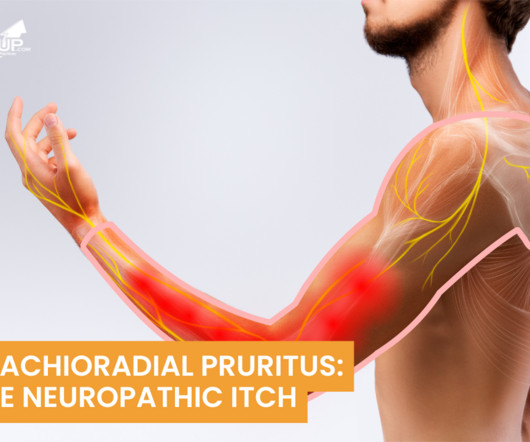Brachioradial Pruritus: The Neuropathic Itch Every DC Should Recognize
ChiroUp
JANUARY 2, 2025
2) Chiropractors routinely encounter patients with neuropathic itching, particularly conditions like brachioradial pruritus, as they often stem from cervical spine dysfunction and nerve irritation. radiculopathy, lupus, herpes zoster, stroke, or multiple sclerosis. radiculopathy, lupus, herpes zoster, stroke, or multiple sclerosis.













Let's personalize your content